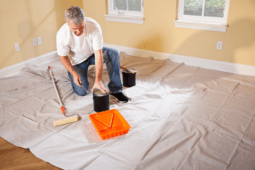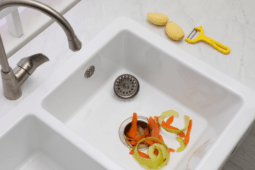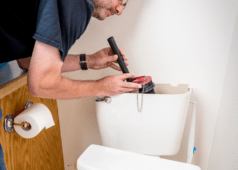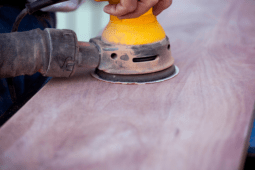How to Unlock a Rusted Padlock That Won’t Budge
Have you ever stumbled upon an old, rusted padlock that refuses to budge? Whether it’s securing your backyard shed or an abandoned storage unit, encountering a stubborn lock can be frustrating. But fear not; with a little patience and the right techniques, you can breathe new life into rusty padlocks and potentially be able to reuse them again. In this comprehensive guide, we’ll walk you through the process of freeing even the most stubborn padlocks, transforming them from oxidized obstacles to functional fasteners once again.
Identifying the Type and Condition of the Lock
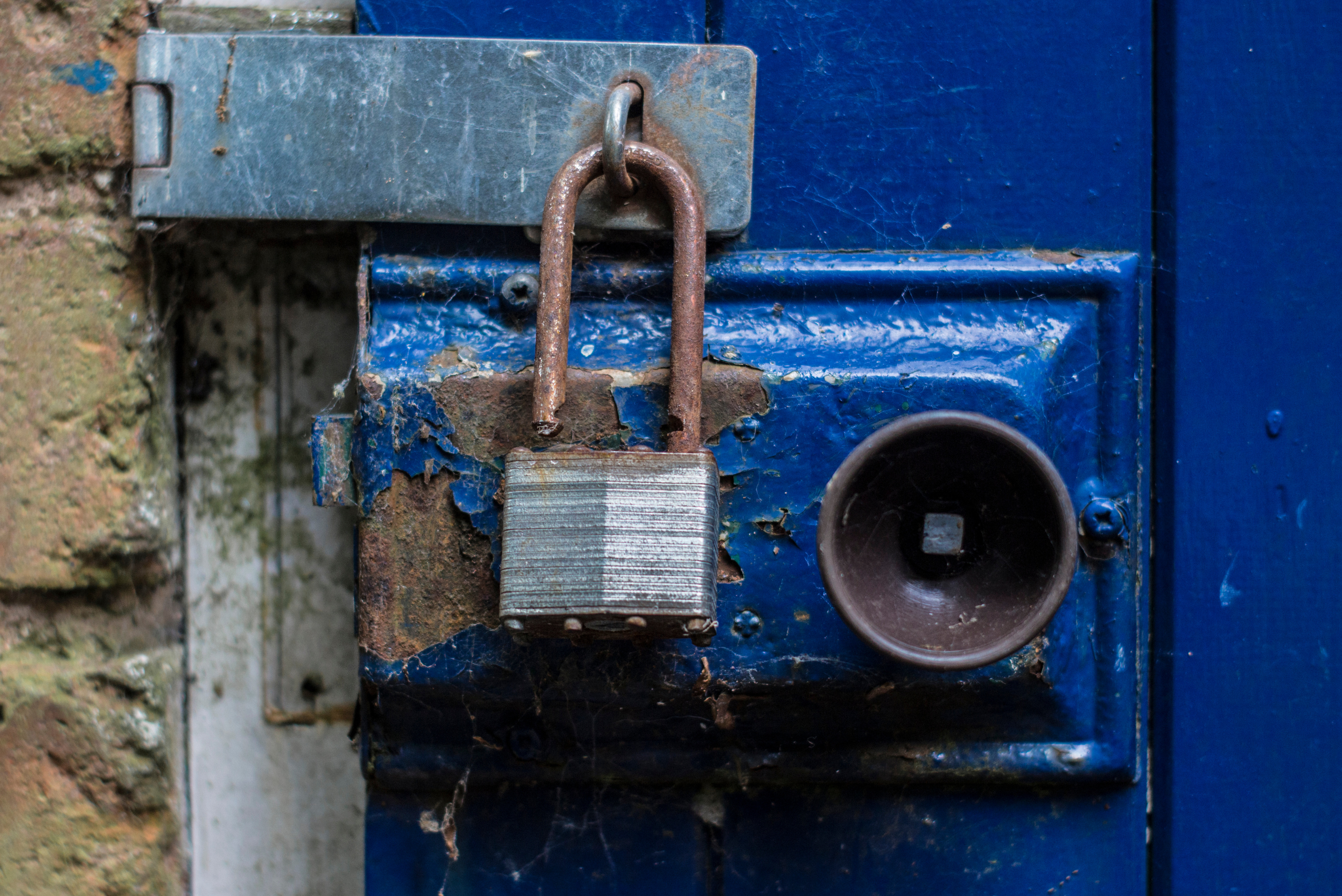
Before diving into the unlocking process, it’s crucial to evaluate the padlock you’re dealing with. Different types of locks may require specific approaches, and the extent of rust damage can significantly impact your strategy. Take a close look at the lock’s body, shackle, and keyhole. Is it a simple pin tumbler lock or a more complex disc detainer? How severe is the rust buildup? Are there any visible cracks or structural damage?
Understanding these factors will help you determine the most appropriate method for unlocking the padlock. Additionally, consider the lock’s sentimental or monetary value. If it’s a rare antique or holds personal significance, you may want to take extra precautions to preserve its integrity during the unlocking process. Remember, patience is key when dealing with delicate mechanisms that have been compromised by rust and time.
Essential Equipment for Unlocking Rusted Padlocks
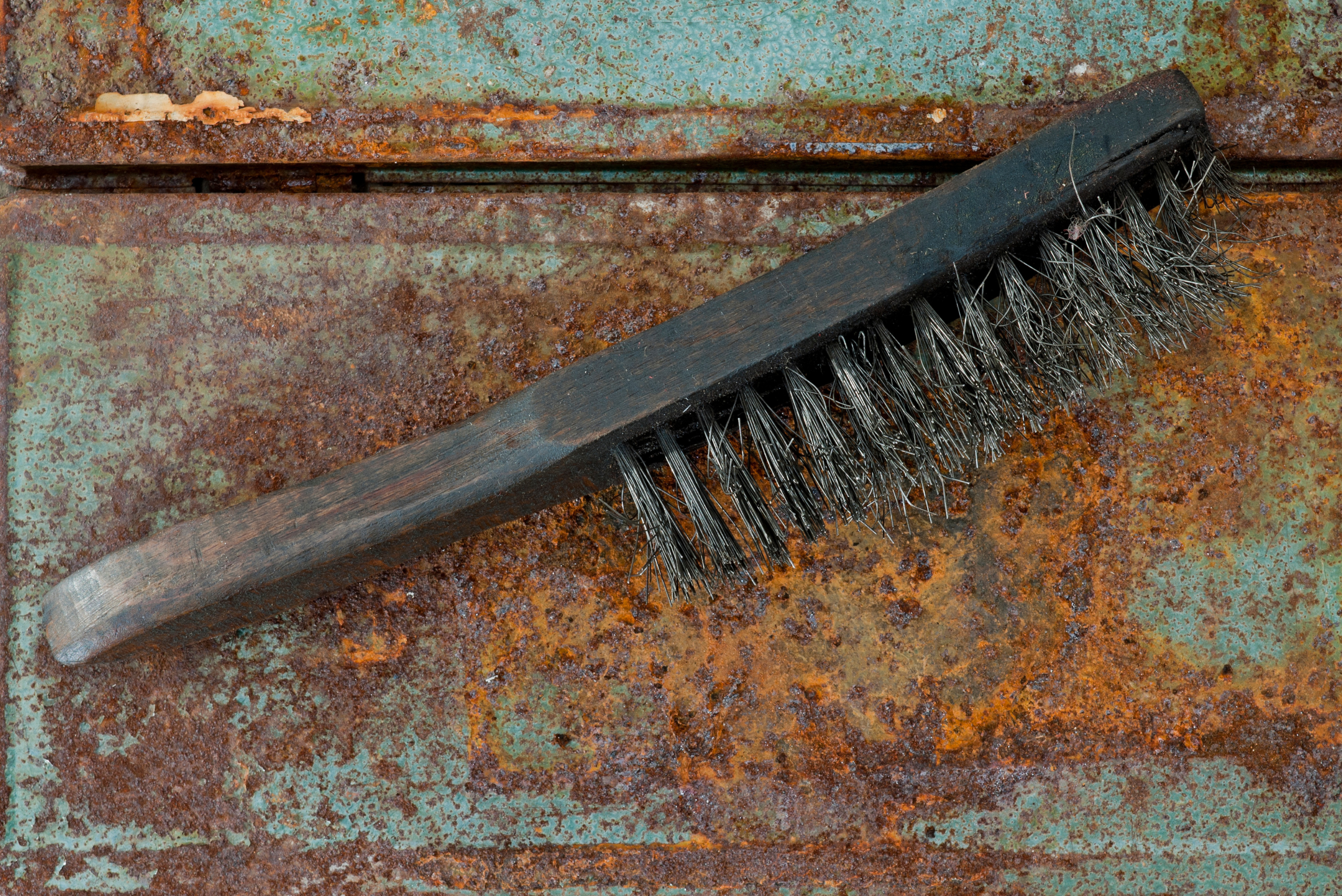
To effectively tackle a rusted padlock, you’ll need to assemble a toolkit of specialized items. Start with the basics: a pair of pliers, a wire brush, and a can of penetrating oil. These will be your primary tools against stubborn rust. You may also want to include a small hammer and a flathead screwdriver. For more severe cases, consider adding a Dremel tool or angle grinder to your arsenal.
Safety should always be a top priority, so don’t forget to include protective gear such as safety glasses and work gloves. If you plan on using power tools or chemical solvents, a face mask is also recommended. Having all these tools at your disposal will ensure you’re prepared for whatever challenges the rusted padlock may present. Remember, the right tools can make all the difference between frustration and success.
Preparing the Lock for Unlocking Attempts
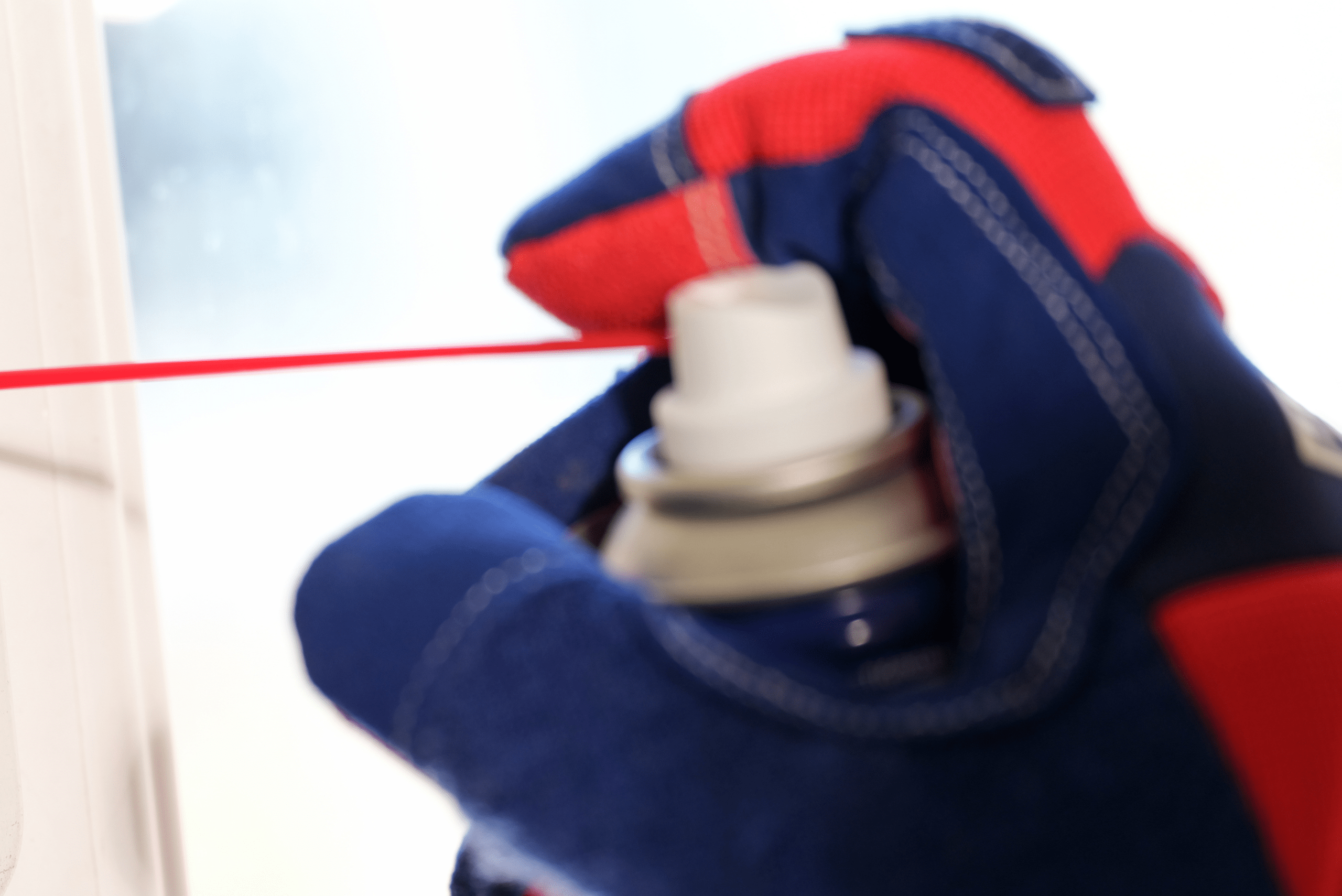
Before attempting to unlock the padlock, it’s essential to remove as much rust and debris as possible. Begin by using a wire brush to scrub away loose rust particles from the lock’s exterior. Pay special attention to the keyhole and shackle areas, as these are crucial for the lock’s functionality. If the rust is particularly stubborn, you may need to use a rust remover solution or vinegar to help break it down.
Once you’ve cleaned the surface rust, it’s time to lubricate the lock’s internal mechanisms. Apply a generous amount of penetrating oil to the keyhole, shackle, and any other openings you can find. Give the oil time to seep into the lock – patience is key here. Gently tap the lock with a hammer to help the oil penetrate deeper into the mechanism. This process may need to be repeated several times over a few hours or even days, depending on the severity of the rust.
Attempting to Open with a Key
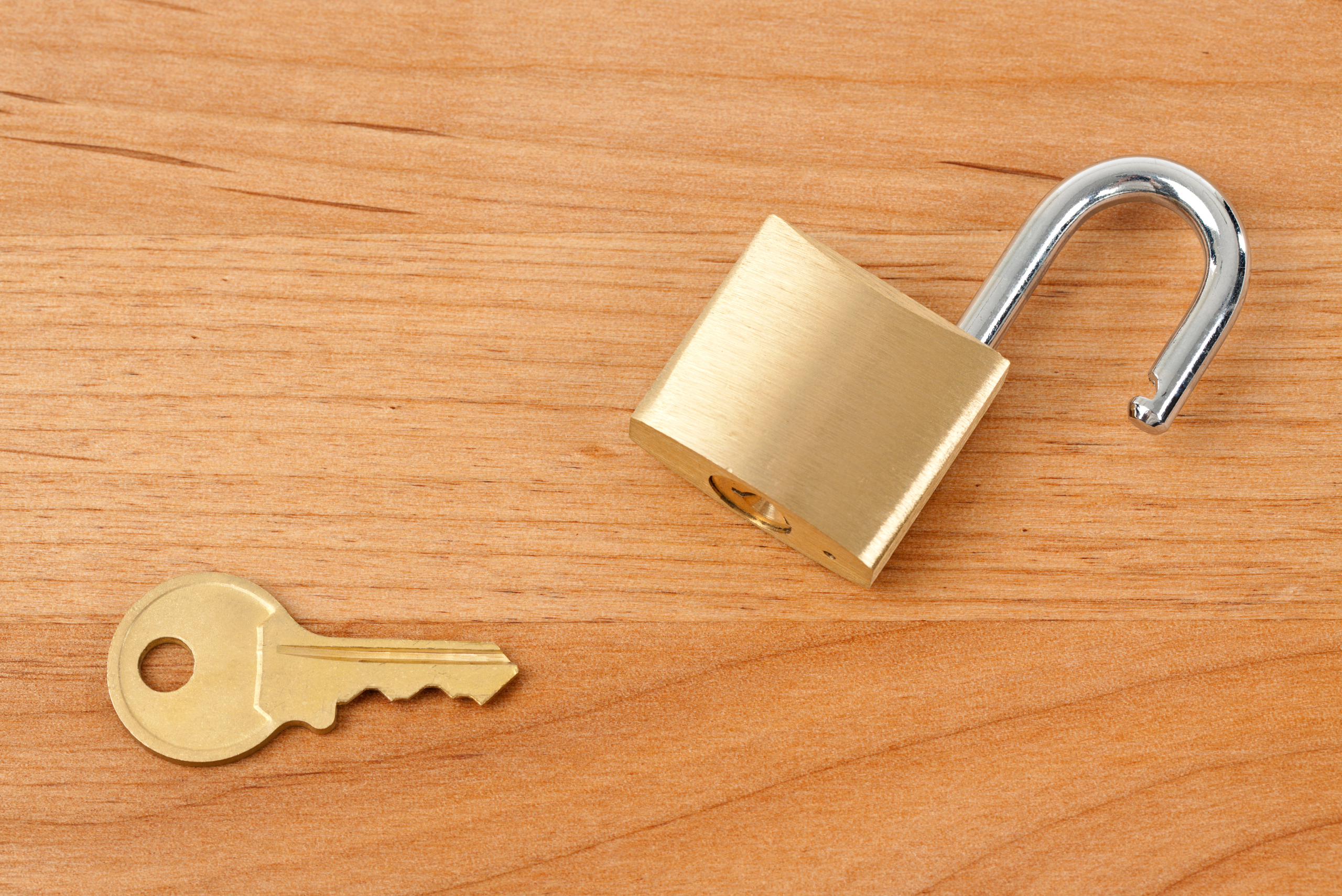
If you have the original key or a copy, now’s the time to try using it. Insert the key into the keyhole and attempt to turn it gently. If you encounter resistance, don’t force it – this could damage the key or the lock’s internal components. Instead, try working the key back and forth while applying slight pressure. This can help dislodge any remaining rust particles and encourage the tumblers to move.
If the key still won’t turn, try tapping the lock gently with a hammer while the key is inserted. The vibrations can sometimes help loosen stuck components. Another technique is to apply heat to the lock body using a hairdryer or heat gun. The expansion of the metal can sometimes free up stuck parts. Remember to be patient and persistent – it may take several attempts and a combination of techniques to get the lock to open.
Destructive Techniques for Irreparable Locks
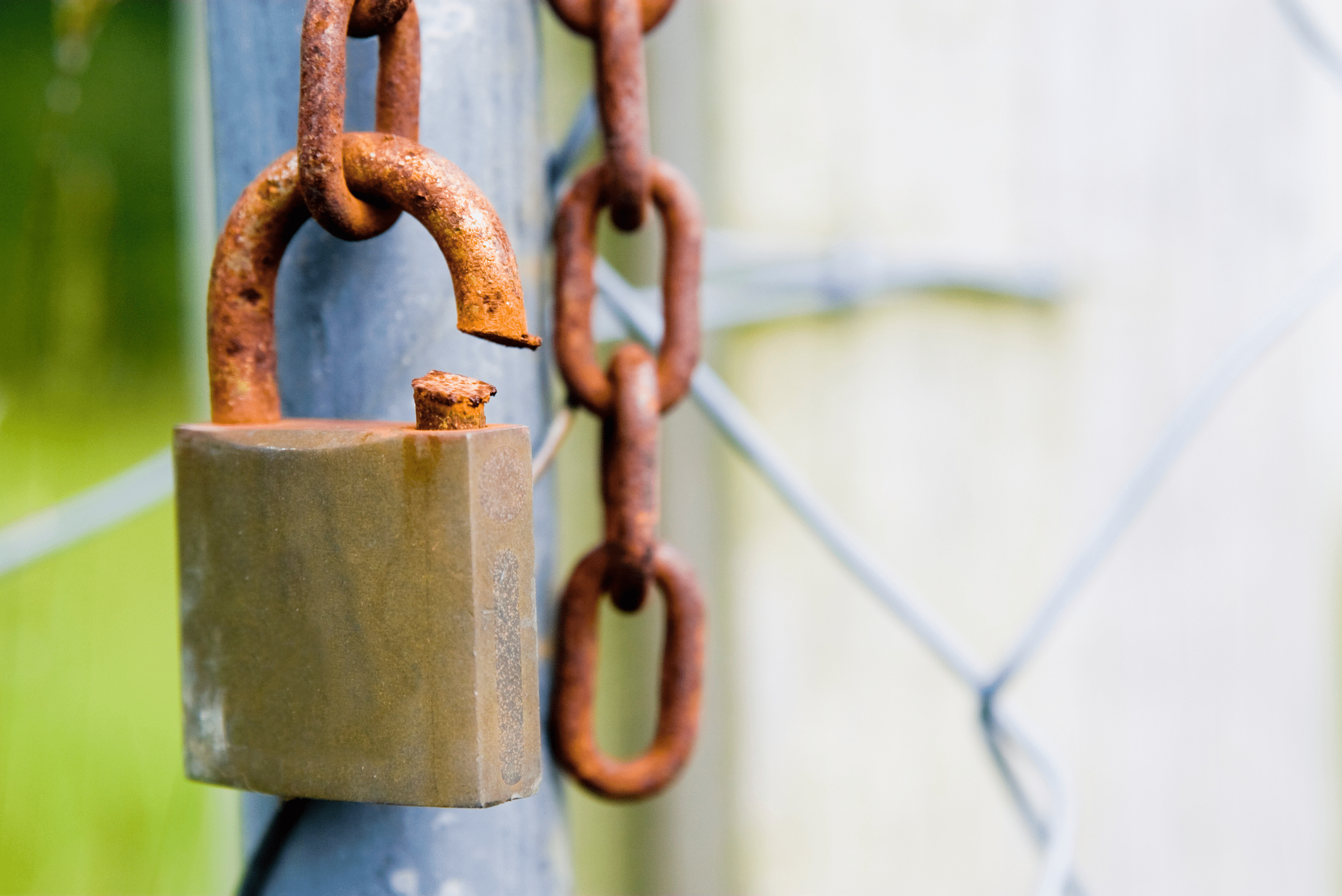
When all other methods have failed and the lock is beyond repair, destructive techniques may be your only option. One common approach is to use bolt cutters to cut through the shackle. For harder materials, an angle grinder or Dremel tool with a cutting wheel can be effective. If the lock body is the weak point, drilling out the cylinder may be necessary. Start with a small drill bit and gradually increase the size until the lock mechanism is destroyed.
It’s crucial to prioritize safety when using these methods. Always wear appropriate protective gear, including safety glasses and gloves. If possible, secure the lock in a vice to prevent it from moving during the cutting or drilling process. Remember that these techniques will render the lock unusable, so only resort to them when all other options have been exhausted, and you’re certain the lock cannot be salvaged.
Related Articles
- How to Remove a Broken Key Stuck in a Lock
- Tips and Techniques for Mastering DIY Electrolysis Rust Removal
- How to Restore a Rusty BBQ in Just a Few Easy Steps
Unlocking a rusted padlock can be challenging, but it’s rewarding when it works. By following the steps outlined in this guide, you’ll be well-equipped to tackle even the most stubborn locks. Remember to start with the least invasive methods and work your way up to more aggressive techniques only when necessary. With patience, persistence, and the right approach, you can breathe new life into old locks.
Ready to start your next project? Join our DIY community to receive tool tips, how-to guides, and exclusive creative insights. Subscribe to the ManMadeDIY newsletter now! Click here to unlock a world of hands-on inspiration.

